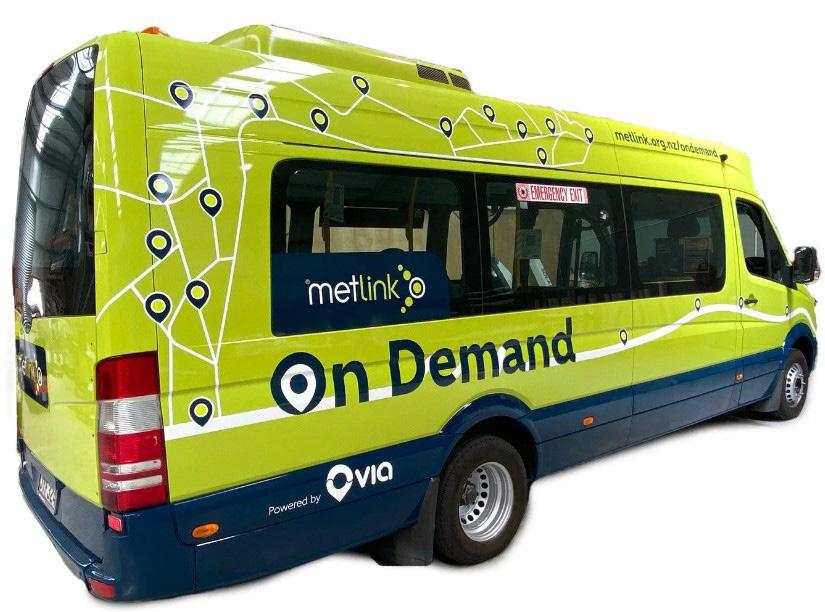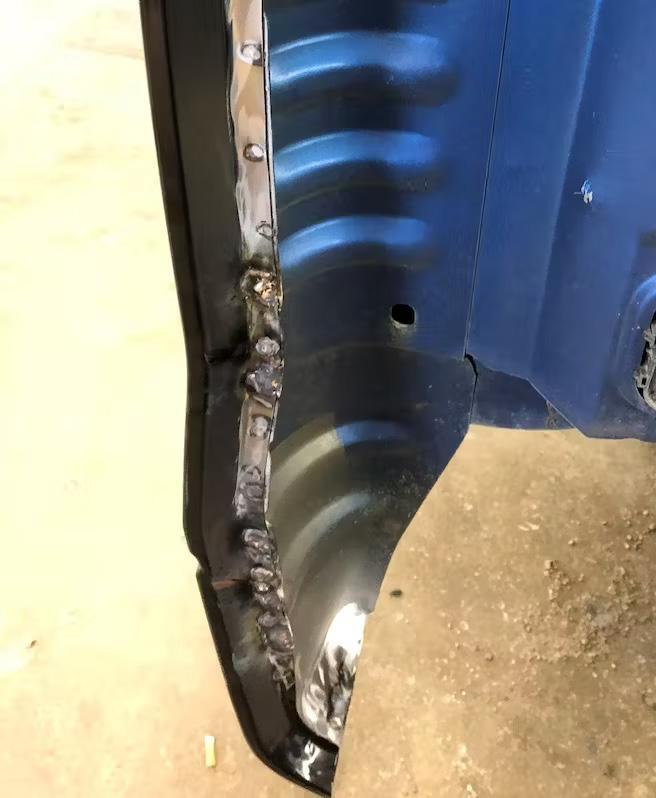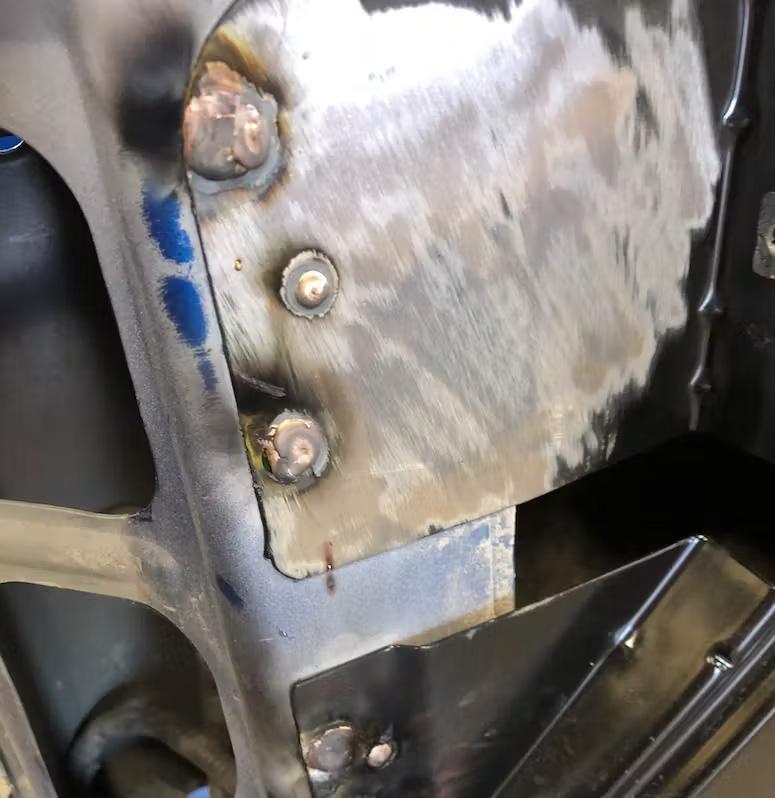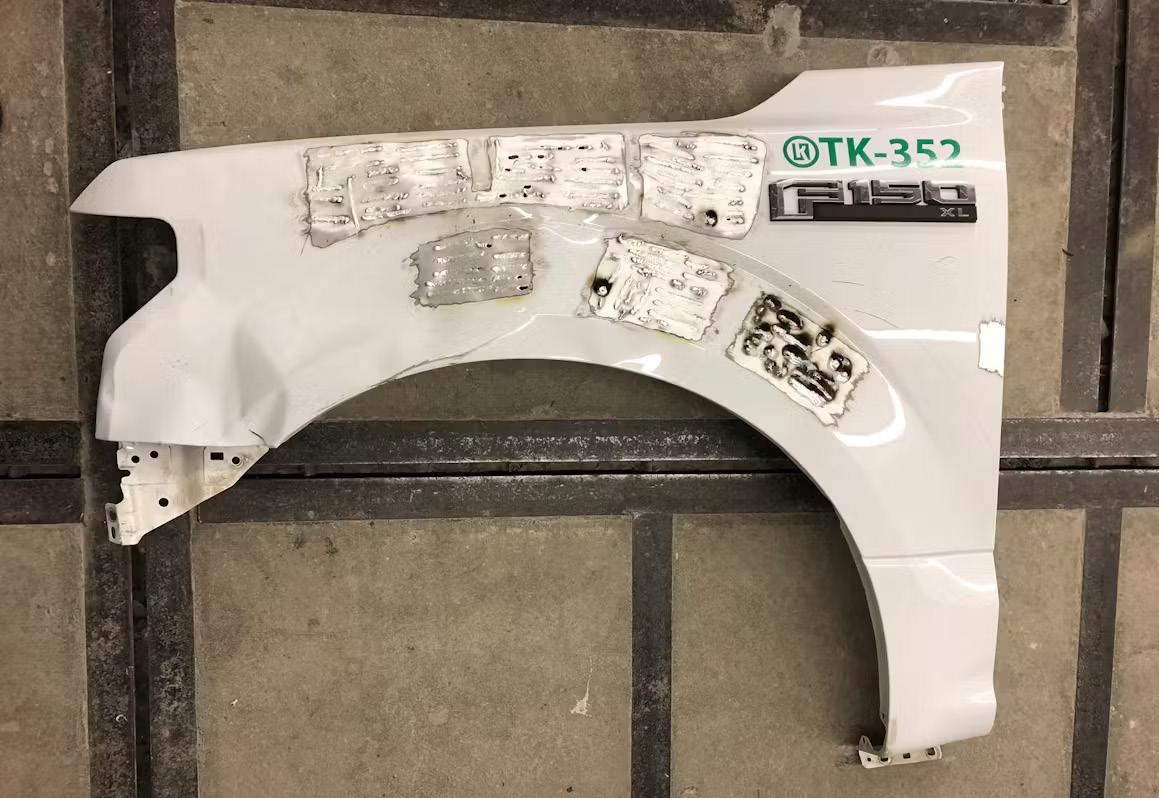
8 minute read
On-demand bus service for Wellington

A PUBLIC TRANSPORT SERVICE FOR THE RIDE-HAILING ERA IS EXPANDING IN REACH
Advertisement
Metlink On Demand finished a successful 12-month trial on 16 May, having completed over 40,000 trips for the Wellington community. The trial will now be extended for another year, and the service will be expanded from Tawa and Grenada North to include Porirua CBD. As the trial continues, Metlink will also assess the viability of extending the service to Aotea and Cannons Creek.
Greater Wellington Transport Chair Thomas Nash is looking forward to the On Demand service becoming available to more passengers.
“Metlink On Demand is an accessible and flexible form of public transport that offers people a convenient, climate conscious alternative to personal vehicles. Passenger satisfaction with the service has surpassed our target, averaging 96 per cent. We are delighted that Metlink’s commitment to modern, convenient transport is resonating with communities.”


To use the service, passengers request a vehicle with the Metlink On Demand app. A wheelchair accessible, 14-seater bus is allocated to the passenger, shared with others whose journeys are suitably similar. The bus picks up and drops off passengers at approximately 600 locations or ‘virtual stops’, mostly in areas without fixed route services.
A trip rate of $2.50 is paid through the app, making it a familiar – and cheaper – experience for anyone who uses ride-hailing apps such as Uber or Ola.
Fiona Abbott, acting Metlink group manager, says the on-demand service provides another path to mode shift, one of Greater Wellington’s targets in the Regional Public Transport Plan.
“Metlink On Demand connects commuters to the rail network, reducing their reliance on cars. It’s also proved popular with parents, children, and the elderly; passenger numbers continued to rise throughout the trial, connecting people to schools, shops, and social events.
“The extension of the Metlink On Demand trial is a positive step towards reducing our region’s emissions. Greater Wellington is investing in modern transport solutions to ensure a sustainable future.”
Government is considering a bill which proposes to amend the definition of public transport to include on-demand public transport. This bill would make On Demand eligible for funding through the National Land Transport Fund, supporting Metlink’s ability to establish On Demand services in additional areas.
After detecting poor-quality plug welds on the right side, the repair process was temporarily halted. The technician received redirection and underwent off-vehicle training to improve their skills. Consequently, they were able to successfully execute quality plug welds, recognising the need to rectify previous subpar work

How
DO
WE ENSURE THE WORKSHOP IS UP TO SCRATCH WHEN IT COMES TO WELDING JOBS? WE EXPLORE SOME TECHNIQUES AND STEPS TO ENSURE PROPER QUALITY CONTROL
There are many different definitions of what quality control means. Whether it’s micromanaging someone by checking their work over their shoulder, or following long checklists on paper or software — all workshops must verify whatever standard they are trying to set to ensure safety. It is also often thought that quality control only means checking for the craftsmanship of a finished product. However, it can also mean better efficiency and nowhere is this more true in a workshop than in one of the more challenging technical processes there: welding.
When done properly, welding quality control may offer peace of mind that vehicles leaving your shop are safe and structurally sound.
YOU DON’T NEED TO SAY YES
One of the first questions of welding quality control must always be: Should I even be welding on this car? If the answer is positive, then follow that with the obvious: what types of weld and where should they be performed, as well as the types of processes that will be used. Car makers have very specific rules on how the vehicles they designed and manufactured need to be fixed. And although some people think weld-through primers must be used on every single repair that is not true unless the manufacturer calls for it and specifies which product is to be used. Another common mistake is the addition of extra welding joints (i.e. backing sleeve), which might not actually be called for on some vehicles. Quality technicians can perform excellent welds, but we should always ask ourselves if we should do them in the first place and how (according to the OEM repair info for each specific vehicle).




ARE YOUR PROCESSES UP TO SCRATCH?
Any repair shop has to be set up properly before it even accepts a welding job. Failure to have the right processes in place means that, sometimes, complicated welding jobs are shoved down the line of repair and the workshop doesn’t catch it until it’s too late and realises that it shouldn’t have agreed to do it.
One of the biggest dangers is what happens when an unsafe repair gets done. By doing thorough training and having processes in place (i.e. in the check-in process, whether that’s front office estimators or back-of-house estimators) workshops should be able to determine if the shop is capable of the repair before tearing into any vehicle.
AREAS TO CONSIDER:
• Should you take on the job or not? Sometimes pride, sometimes lack of knowledge makes many a shop manager accept jobs they shouldn’t. It is hard to admit to not having the capacity for tough worth it if doing a shoddy repair? It’s fine to admit your limitations and decline a job.
• Does your workshop have the OEM certifications that may be needed to perform the repair? Some manufacturers may not grant access to the welding procedures unless you are certified. It is worth double checking before accepting any job.
• Are the parts easily available? You can’t weld a new piece if you can’t buy it, and many manufacturers restrict purchase of structural parts to repairers who have the proper certification to install it.
• Does your shop have the approved tools for the job? Manufacturers may give repair shops permission to weld only on specify brands and models. Your workshop might have the newest, most expensive machine in town, but if it’s not approved for that repair, you might find yourself way over your head. Even the best welders with top-of-the-line equipment can find themselves in trouble trying to weld mismatched physical parts.
• Does the technician have the right skillset? Manufacturer specifications, materials and abilities all play a role. Ask yourself whether your staff is properly suited, trained, and certified for any specific job.
Constant Learning
Making sure your technicians have the right training resources at hand is crucial. This could include classroom or hands-on shop training, virtual classes, and having the right training books. Resources include access to manufacturers’ and welding equipment manufacturer having it is crucial to adhere to the specific guidelines
Initially, it was not immediately apparent that the corrosion present on the welding wire on the left side was causing issues for the technician until it was compared side by side with a brand-new roll. The corrosion had been impeding their progress guidelines. Whether you use Lincoln or Miller MIG welders, you must provide continuing education specific to new materials and specific marque imperatives. Usually when a technician becomes quite senior in their workshop, there is a tendency to assume that he or she knows what they are doing. No one is usually checking their every move to see if there is room for improvement or additional skills, or even to see if they are doing things properly. couple years or only getting a quick welding setup rundown every so often when a distributor drops off a new piece of equipment.




Start With The Staff
Most technicians don’t want to do a bad job. It’s usually the exact opposite. They take pride in their work and want a quality and proper repair too. Poorquality welds can be due to shop infrastructure, the lack of knowledge of what makes a quality weld, or a mixture of the two. Giving the technicians the proper know-how and resources is the best bet to manage quality weld repairs, let alone the rest of the repairs we’re having them perform.
Micromanaging Vs Quality Control
While quality control primarily lies with the technicians, there have been numerous instances where individuals were aware of poorly performing welders, needing the involvement of the manager or workshop lead to ensure their work meets

Numerous options exist to practise and enhance hands-on welding skills. These options include training with metal coupons made from the same material as the vehicle or, as demonstrated by this technician, swiftly dialling in on a scrap part to ensure the welder is operating effectively and the technician feels comfortable with their technique
Quality control is also verifying skill sets and helping when needed. Continuing to practise and finding ways to do that in the shop is needed, whether it’s giving technicians the time to do so on their own or setting up instructions for them to practise their craft. It cannot only be when they’re sent to a welding test every
Quality control calls for honest dialogue, void of any attempts to conceal poor craftsmanship. Unfortunately, there have been cases where technicians concealed improper frame rail repairs, rendering them undetectable to an untrained eye once covered up the required standards. Even technicians known for producing quality work still require the same level of verification. This process is not about micromanagement or constant surveillance; it’s about checking the entire process, especially before it progresses further along the repair line, in order to identify and address any issues before the vehicle is ready for delivery.


It is crucial to establish a system, whether it involves someone other than the person performing the repair inspecting each welding job before the vehicle proceeds to the next repair stage or conducting random audits of a few repairs. Some technicians are aware that their welds are subpar and will swiftly resort to using tools like grinders, seam sealers, or undercoating to conceal their shortcomings from others. Creating a culture where it is acceptable to be checked and where we all strive for improvement is crucial to the success of your business.
Also, using photo documentation can prove to be valuable. The person performing the welding can capture relevant images to minimise the need for others to wait before proceeding. These photos can be stored in the repair order files or a separate shop system for review.
Fixing Problems
on approach when it comes to learning.
Regardless of how well we set up the repair shop and implement checks and balances, it is inevitable that problems will arise. The crucial question is
It is not unusual to run into welding machines in deplorable condition, much to the dismay of welding equipment manufacturers and shop owners alike. While it’s understandable that body shops tend to accumulate dust and grime to some extent, certain instances involve machines being seriously damaged or neglected, which ultimately affects the work of every technician attempting to carry out quality and safe repairs using those welders whether your technician possesses the necessary expertise and resources to rectify these issues when they occur. Sometimes, the root cause of the problem lies in a lack of training, leading to a lack of understanding regarding what went wrong. It’s important to remember that most of us don’t intentionally set out to perform subpar or incomplete work. Unfortunately, problems arise when we prioritise speed and productivity, compromising the quality of the repair.
Even after the welds have been dressed and we realise they are incomplete, the question remains: Are we willing to go back and redo the welding, despite the additional effort it entails? Regrettably, the answer is sometimes no, and instead, we resort to covering up the poor-quality welds with various products, allowing them to go unnoticed until the next unfortunate accident or inspection. This is precisely where we need to address the problem. Having well-established training resources, such as past welding notes from previous training sessions or seeking additional training materials, as previously discussed, will prove invaluable in addressing and rectifying these issues.










